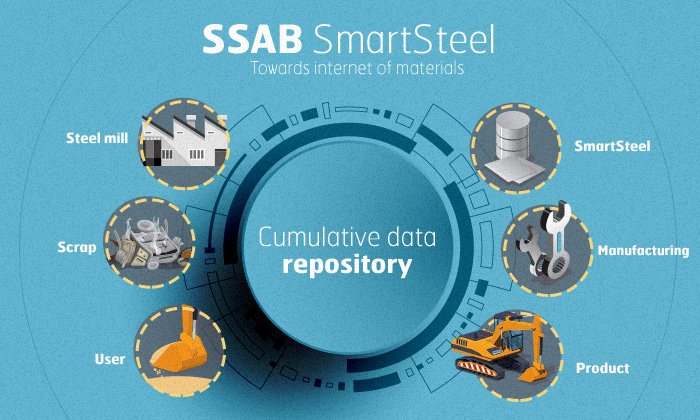Companies are struggling to find a suitable model to drive their digital transformation and digitalization. One should drive agility, speed but at the same time integrate with business units doings. Below you fill find couple of myths that I am facing in daily conversations in seminars and in benchmark meetings.

#Myth 1: “We can just use the existing IT or business decision governance models”
Digital transformation needs to be aligned to company strategy as any action, but need to be managed with less bureaucracy in order to accelerate execution. Execution teams need to have full power in execution and empowerment from top management.
Many times existing governance models are tuned to manage SAP roll-outs, plant investments and decisions that are not time critical. Same governance models have been in place for the past 20 years.
If you really find ways to boost your business, why to wait for another budget round? Changing your processes and doings needs to happen now, and not in the next 12 months. Nobody has the luxury to wait.
#Myth 2: “Best results are achieved when each division proceeds in full speed with their own projects.”
If digitalization initiatives are scattered to too many small separate projects, execution power accelerates for a short period of time. However, it never achieves magnitude of digital transformation. Time is just used to create separate tools. Scattered responsibilities make sub-optimized solutions and processes.
More importantly it is hard to scale up digital knowledge that is required in agile execution. Many times totally new competences are required due to raising customer expectations. Sophisticated integrations to old back-end systems are needed, new data analysts, IoT, master data etc.
When an enterprise starts digitalization efforts, it is utmost important to focus scare resources, budgets and doings to doings that will have the highest profit impact.
#Myth 3: “No budgets are needed for digitalization”
Digitalization is a business transformation which requires significant amount of both money and resources. Without investing in change, it will be impossible to make a change.
#Myth 4: “Digitalization is about creating new tools.”
Digitalization is about business transformation and renews processes. IT organization will enable new more effective tools and information flows, but needs to be driven by the customer and business needs.
Tools are just 5% of the total transformation. 95% is about process changes.
#Myth 5: “Top management team knows already enough about digital possibilities.”
It is hardly unlikely that a management team would fully understands impact and potential of digitalization. Seeing the full potential can come from outside threat or knowledge from younger employees. You do need to force the management team to accept the level what they really understand about the potentials business benefits.
#Myth 6: “Let’s wait and see what others are doing, our customers are not ready.”
You cannot wait what others are doing. You are already too late, if you wait as long as the digital service has become hygienic factor in the industry.
Digitalization is about making prototypes, testing them, improving, killing them, scaling them or maybe starting again new prototype. If you have an idea, it is better to start testing it than making endless benchmark research.
Some claim that digital services are only for younger generation and not over 50 years old customers. This is absolutely not true and you should not wait that younger generation of e.g. purchasers to “grow” up.
#Myth 7: “Sales will lose personal contact to customers”
One might fear that by introducing digital services sales will lose personal contact to customers. This would lead to shrinking margins. Many times in B2B the personal contacts are the most important asset of the company. I have even heard ideas that we should just offer only small part of the service digitally, even it would be possible to offer fully. This way, customers are forced to contact sales or customer care personnel by phone.
This kind of thinking doesn’t apply in today’s world. Regardless of industry, customers are expecting better service, more personal services. This can only be achieved cost effectively when processes are streamlined and information flows are transparent. This means that processes needs to be digitally enabled and enforced.
#Myth 8: “Digital transformation is lead from the bottom up.”
Digitalization needs to be driven from the very top. As we talk about business transformation, changing processes and the way of working.
#Myth 9: “Let’s hire CDO – CDO will execute few successful projects.”
Business transformation requires all top management involvement and full commitment. CDO can show the way, but other management members need to make space for the change. It is not about individual person or team. Digitalization is about culture, attitude, and change management.
#Myth 10: “Digitalization is not about digitalization”.
I do admit that to seek improvements or to find differentiated value proposition should be driven from real customer needs. Digital transformation should not be started for the sake of digitalization. But, if you take seriously the changing business landscape, digital transformation that surrounds us, will enable profitable growth for many enterprise. Digitalization should be embedded into the core corporate strategy and change management.

